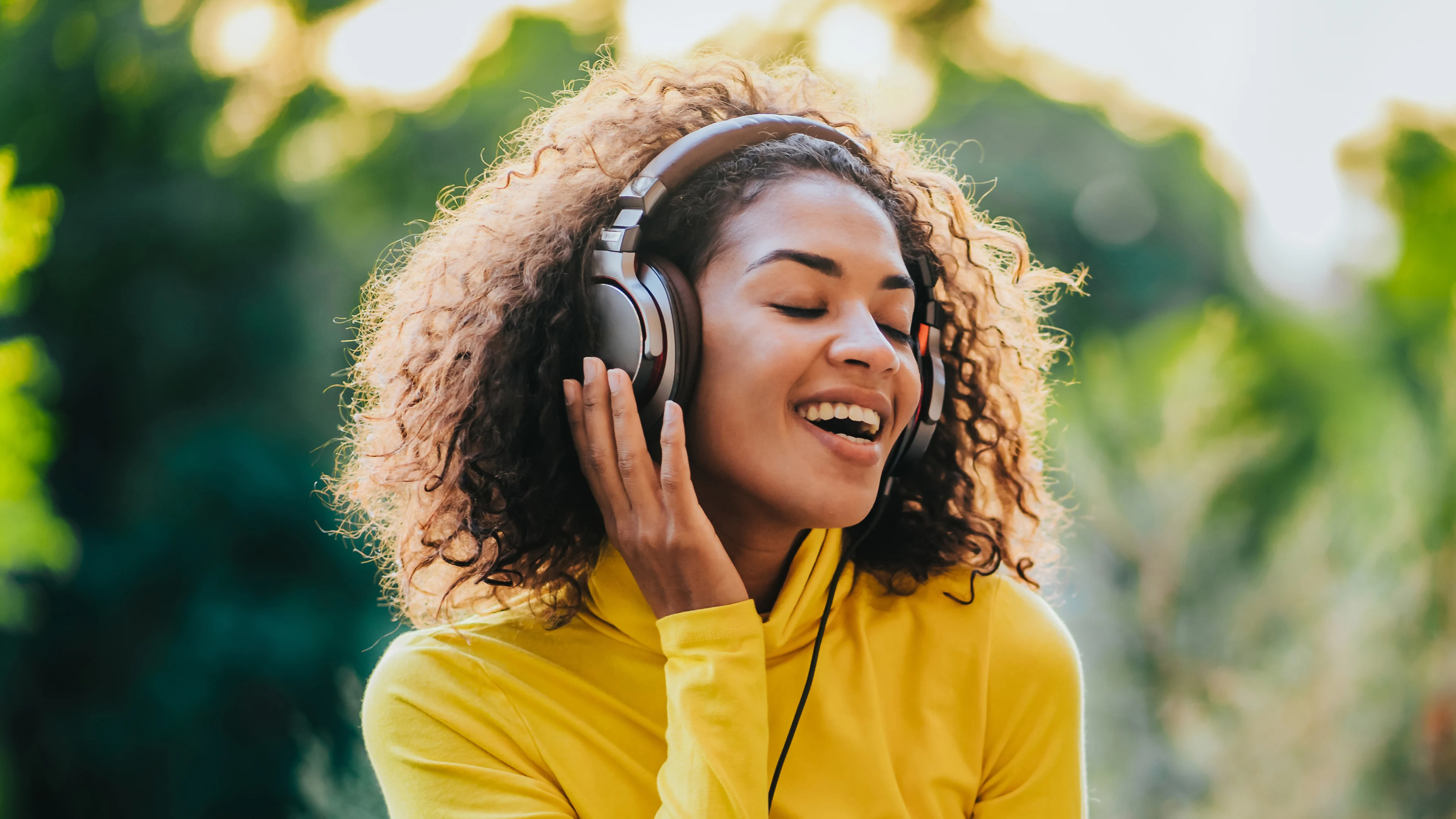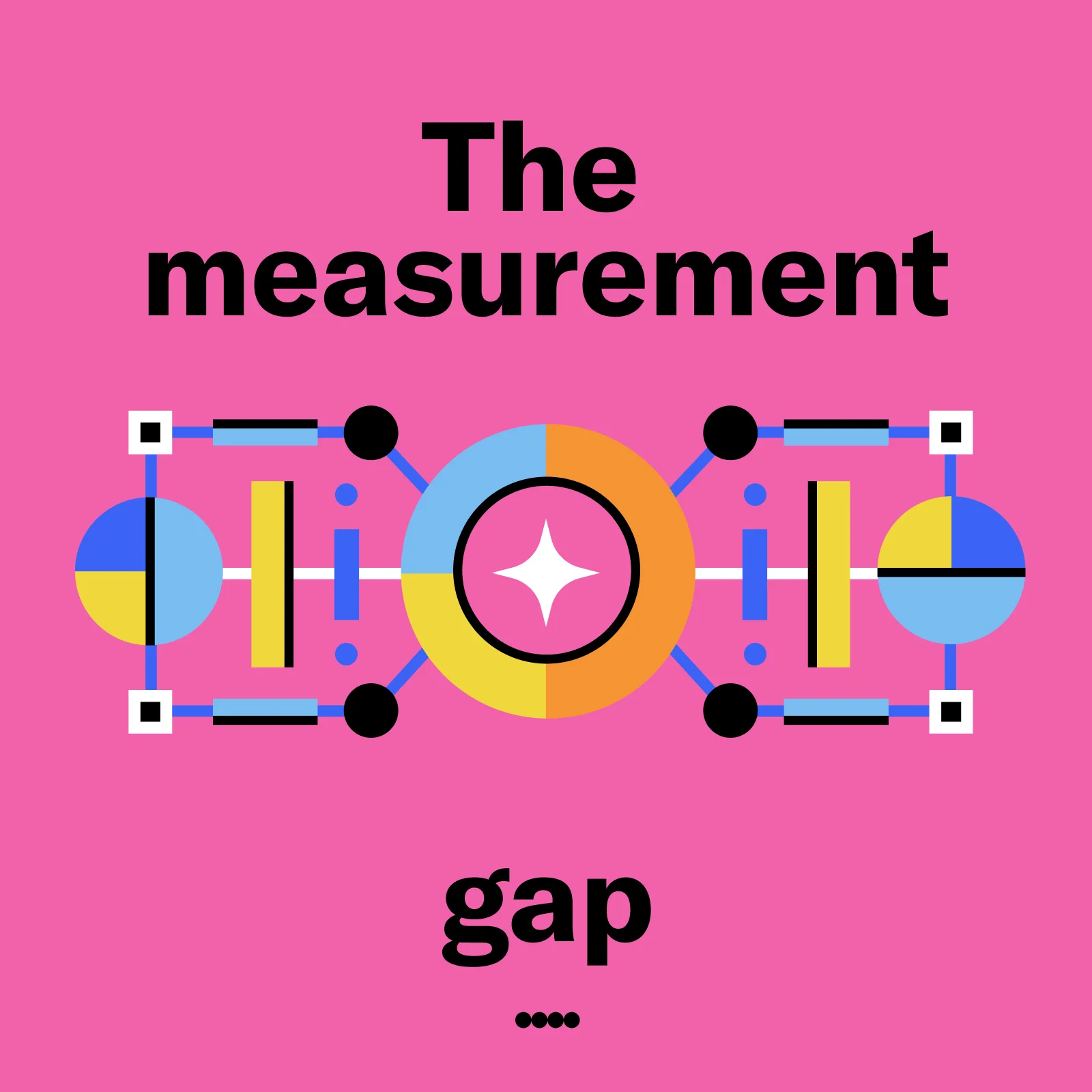Introducing Audio’s Primetime: The Mobility of Audio Report
For advertisers, the word primetime suggests that conventional window from 8PM to 11PM on weekdays, when consumers were most likely to be at home watching television. This was most powerful back in the days of appointment TV viewing, before video content was so personalized, on demand and fragmented. With few exceptions for events like live sports, people aren’t watching the same thing all at the same time. Even ignoring these shifts, are weeknights on the couch really the most impactful time to get in front of consumers and potentially inspire their actions?
Ask yourself: Is there a better way and better time to reach people when they’re out and about and making purchase decisions in the moment? (Spoiler alert: There is, and it’s audio.)
Unpacking the Daily Lives of Americans
To get a better handle on how the average American goes about their day, SiriusXM Media recently collaborated with Publicis Media and Edison Research on an exciting research project. Through a nationally representative online diary study of over 2,200 Americans ages 18 to 54, we captured respondents’ in-depth activities from the previous day. Interviews were conducted each day of the week and questions were asked in two-hour windows to get a detailed snapshot of an average day in the life of Americans throughout the week.
The result is an interesting look at where people spend their time on a given day, what types of activities they do, what they buy, and what media they consume. Let’s start with a look at what people did during their diary day.
Notice a common theme? Many consumers are doing things that are outside of the home, meaning that they are out and about during the day. We also see this play out in what locations they visited during their day–of course, almost all respondents spent some time at home (97%), but many were out of home at some point during the day. Most notably for brands, over half (55%) of Americans were in a retail store, restaurant, bar, or coffee shop at some point in the day.
A surprising number of people are making purchases, running errands, and dining out in an average day. Below are some interesting stats about daily buying behaviors among Americans ages 18 to 54:
2 in 3 make any purchases in a given day, typically food or restaurants, household products or groceries, beauty or health products, pet products, or fashion items
1 in 3 make unplanned or spontaneous shopping or buying decisions in a day
Just about half run errands in a day, with 4 in 10 grocery shopping and 3 in 10 getting gas
Almost 4 in 10 visit any dining location in a day, with 1 in 4 visiting a QSR, 15% going to a cafe, and 14% going to a casual restaurant
Daytime is the new primetime
Thanks to online shopping and on-demand delivery services, we can shop for and buy whatever we want at any time of day, wherever we are–even from our beds. But despite those conveniences, the vast majority of shopping and buying occasions actually occur out of the home, when consumers are out and about. And when are people most likely to be out and on-the-go? In the daytime between 8AM to 5PM. The window when Americans 18 to 54 are most likely to be out of home is from 10AM to 12 noon, which is also when visiting dining locations and running errands see their peak. From a shopping perspective, while online shopping does show less drop-off at night, both in-person and online shopping peak during the morning and daytime hours, which may come as a surprise.
How important is that daytime window when it comes to purchasing and shopping occasions? Believe it or not, a vast majority of events across categories like dining, shopping, and errands are occurring then… and there happens to be a certain type of content in their ears in that same timeframe.
Audio is the soundtrack to our days
Americans have busy daily lives, with the aforementioned errands and shopping to attend to, not to mention working, caring for their families and much more. To keep them motivated during the day and to provide them with a break or reward between tasks, they turn to many different forms of media. But what rises above the rest is something that can be in their ears, soundtracking their entire day–audio. Audio is the top media activity that people turn to every day–virtually all Americans ages 18 to 54 (95%) listen to some form of audio in their daily lives. This is higher than the 93% who browse the Internet, the 91% who use smartphone apps, the 89% who watch some form of TV or video services, and the 87% who scroll social media.
Audio content is accessible anytime, anywhere across a variety of platforms, but we find that the windows that are most popular for listening to be the same times when people are on-the-go and making buying decisions, from 8AM to 5PM. Revisiting the idea of primetime, if we focus in on comparing TV and video to audio consumption, we find that throughout the day, and especially in that key daytime window when consumers are most likely to be away from home, shopping, dining out, and more–audio listening is higher than TV and video viewing.
This means that brands can get in front of consumers (and literally in their ears) in the same timeframe when they are about to make a shopping or buying decision. As an example, let’s look at respondents who visited any dining location in their day. They were much more likely to have listened to audio than watch TV/video in the same two-hour window when they dined out. This means that audio can have an impact on where they chose to eat or what they chose to order.
Inspire action with audio ads
Audio comes in many forms, and despite the rise of premium ad-free services, ad-supported audio continues to be very prevalent among Americans, whether it’s podcasts, streaming audio, or radio. Focusing on ad-supported streaming audio, 44% of Americans ages 18 to 54 listen in a given day, which offers a massive opportunity for brands to reach consumers at scale. Four in 10 ad-supported streaming audio listeners could recall hearing an audio ad in their diary day, with categories like restaurants, movies and TV, financial services, automotive, and beauty most likely to be recalled.
Thinking about how audio ads compare to ads that they see or hear in other media, over half of listeners say that audio ads are shorter in length, and over four in 10 say they are more attention-grabbing and are harder to tune out. Audio ads are also more likely to make them consider a product or service, with over one in three agreeing. This positive receptivity among listeners carries through to action, inspiring listeners to research or buy products that they hear advertised, even while they are on the go.
Implications for brands
The power of everyday moments: A majority of Americans ages 18 to 54 are making shopping and purchasing decisions each day, with many decisions being spontaneous and unplanned.
Rethinking ‘primetime’ for influencing consumers: Most of the moments when consumers shop (both in-store and online), dine out, and run errands are happening between 8AM and 5PM.
Audio wins vs. TV/Video across key times: Audio’s primetime aligns with those key buying windows, and audio is one of the last ways to reach people when they are in the moment of decision.
Audio ads influence on-the-go listeners: Ad-supported audio is powerful in the lower funnel and inspires listeners to take action after hearing an ad while on the go.
Ready to reach your target consumer when they’re on-the-go and primed for a purchase? Let us know.
Related Insights
 Streaming
StreamingStreaming Audio Boosts Brand Awareness: Here's How
Dec 12, 2025 Podcasts
PodcastsBeyond Downloads: Where Podcast Measurement is Headed Next
Dec 11, 2025 Podcasts
Podcasts6 Black-Hosted Podcasts That Are Influencing Culture Today
Dec 10, 2025 Digital Audio
Digital AudioHow Digital Audio Complements Video, Social, & Display Campaigns
Dec 9, 2025








